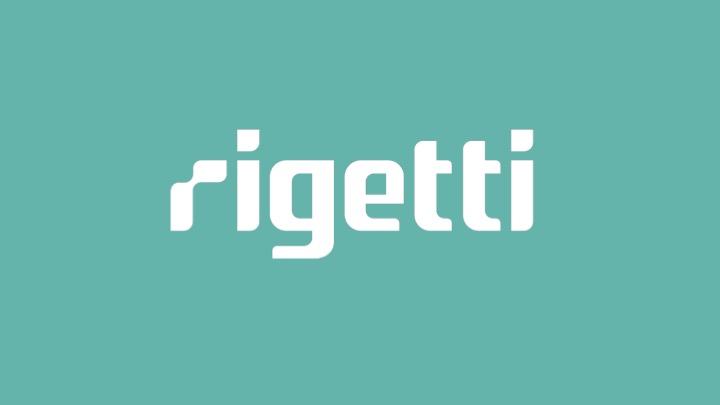Researchers at MIT Lincoln Laboratory have created the first Trapped-Ion (TI) Quantum chip with integrated photonics.
Honeywell and IonQ both create trapped-ion qubits using an isotope of rare-earth metal called ytterbium. In its chip using integrated photonics, MIT used an alkaline metal called strontium. Strontium ions were used instead of ytterbium because strontium ions do not need UV light for optical control. A trapped-ion strontium quantum computer needs lasers of six different frequencies. Each frequency corresponds to a different color that ranges from near-ultraviolet to near-infrared. Each color performs a different operation on an ion qubit.
The process to create ions is essentially the same. Precision lasers remove an outer electron from an atom to form a positively charged ion. Then, lasers are used like tweezers to move ions into position. Once in position, oscillating voltage fields hold the ions in place. One main advantage of ions lies in the fact that it is natural instead of fabricated. All trapped-ion qubits are identical.
The current method of controlling lasers makes it challenging to build trapped-ion quantum computers beyond a few hundred qubits.
MIT researchers have figured out how to use optical fibers and photonics to carry laser pulses directly into the vacuum chamber and focus them on individual ions on the chip. (Forbes)
The study has been published in Nature.



